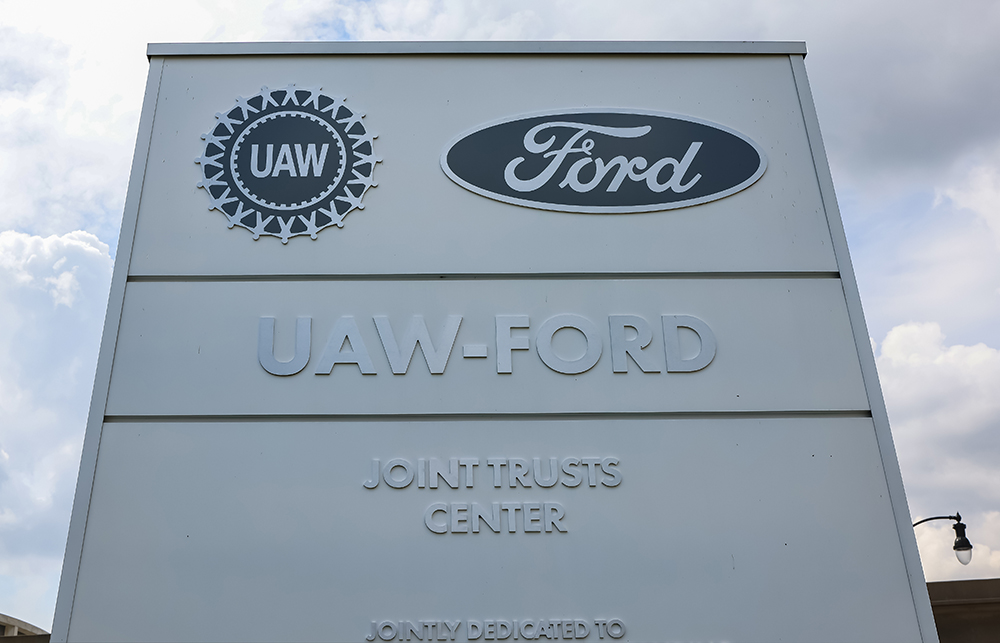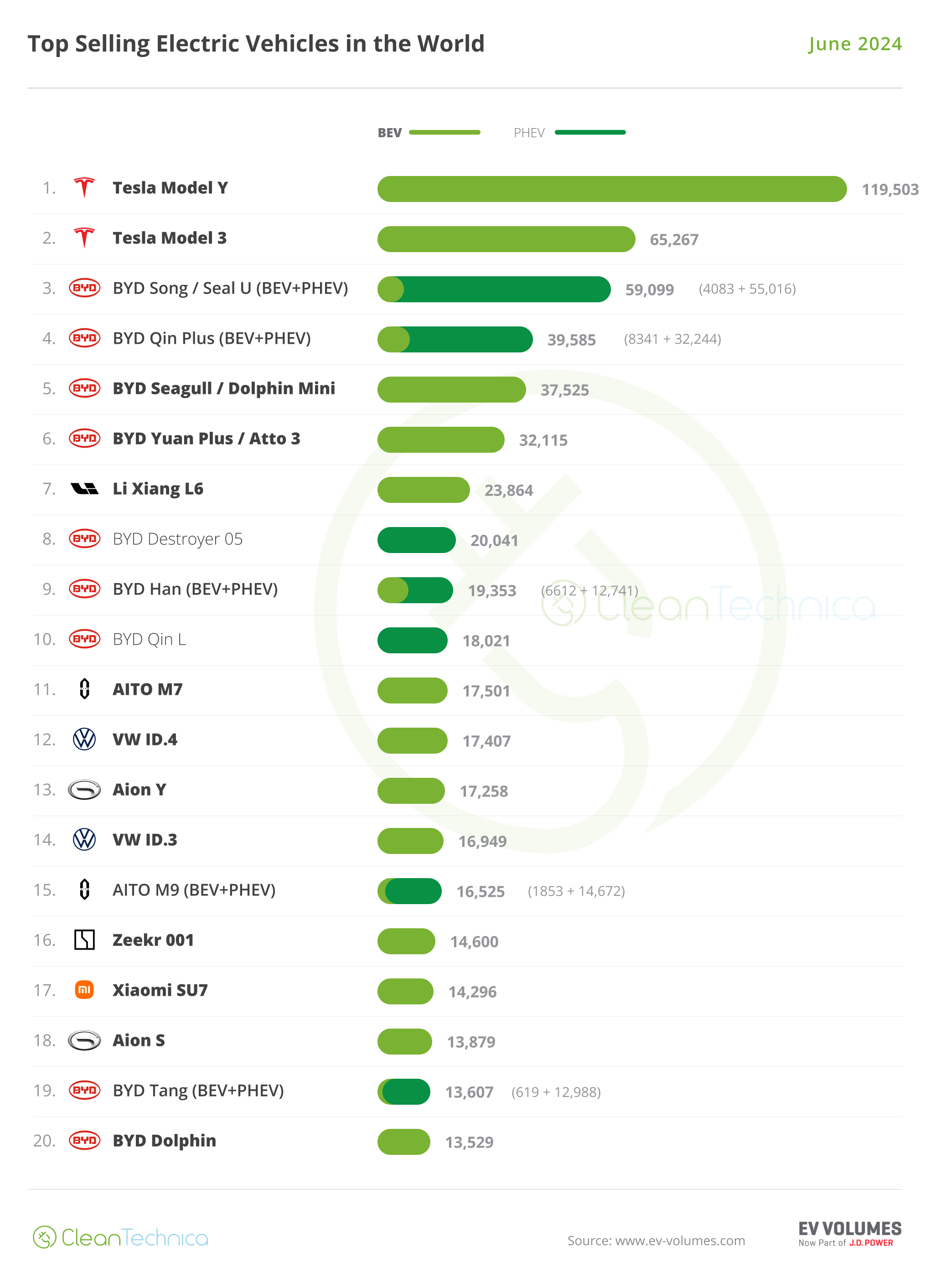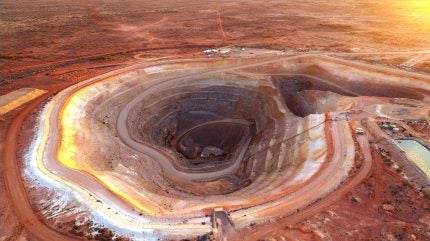The Raw Steels Monthly Metals Index (MMI) rose 3.45% from August to September.
Flat rolled steel prices remained bearish throughout September. Meanwhile, hot rolled coil prices continued to show the largest decline, falling to their lowest levels since December 2022. By the end of September, prices sat only 4% above their last major low. Meanwhile, bearish momentum for steel plate increased as prices fell over 3%.
Save the most on COGS in weak steel demand markets. Make sure you are following these 5 best practices!
Cliffs Price Hike Follows Market Contango
On September 8, the HRC market shifted into contango as future prices rose above spot prices. By the close of the month, future prices carried their largest premium over spot prices since March. The widening spread saw Cleveland-Cliffs raise prices for hot rolled, cold rolled, and coated steel products, setting the new minimum price to $750/st. Cliffs’ minimum is reportedly in line with Nucor’s minimum HRC price.
Future prices hold a 93.9% correlation to spot prices, which makes future prices a reliable leading indicator for market direction. The last major stretch of market contango began in November 2022. Shortly afterward, the market saw numerous price hikes from steelmakers. By December 1, spot prices found a bottom, followed by an almost 5-month uptrend until steel prices peaked in mid-April.
As of press time, other steelmakers have reportedly forgone their own price hikes. This could see the market reject current pricing from both Nucor and Cliffs, pushing average prices lower. However, should steel prices begin to reverse, other steelmakers could follow suit.
Cut steel expenses without compromising quality using MetalMiner’s 2024 Annual Metals Outlook. Start with a free sample report.
Steelmakers Point to Tight Inventories
Steelmakers reportedly pointed to tighter supply in recent months. Indeed, service centers have mostly kept inventory levels low throughout the year amid the bearish market. Throughout September, mill lead times across HRC, CRC, and HDG lengthened, albeit modestly.
However, it remains unclear what could be driving the seemingly tighter market. According to data from the American Iron and Steel Institute, the last major uptrend saw the domestic raw steel capacity utilization rate drop as low as 72.8% ahead of the price shift. That rate then bottomed out at 71.3% in early January before production levels started to ramp up again.
By the end of September, the capacity utilization rate remained above its 75% average over the past year at 75.7%. Despite other indicators like higher future prices and longer mill lead times, the ongoing contraction of the U.S. manufacturing sector and steady capacity utilization rate suggest the market may not be as tight as it appears.
Expanding UAW Strike Remains Growing Risk to Steel Prices
The UAW strike recently passed its third week and continues to expand, posing a substantial downside risk to steel demand and, thus, prices. Estimates suggest the ongoing strikes have already cost the Big Three automakers over $1 billion in output. In fact, total estimated Q3 losses sit around $200 million in for GM alone. While automakers reportedly ramped up production ahead of the planned strikes, analysts expected the strikes to cut production levels by 6,030 vehicles per day come October. Such output would require an estimated 5,982 tons of steel.
Thus far, U.S. Steel remains the only steelmaker forced to cut output. Indeed, after idling its blast furnaces, U.S. Steel began layoffs at its Granite City Works facility. Still, this closure has made little impact on current steel capacity levels.
Get valuable steel market trends and commodity news, supporting your business in mitigating the impact of weak demand markets. Register for MetalMiner’s free weekly newsletter.

As targeted strikes continue to expand, more steel capacity remains at risk of idling. The threat of the strike to steel demand will likewise prevent many service centers from building out inventories further, even if those inventories sit historically low. For Cleveland-Cliffs and other steelmakers tempted to raise steel prices, the current challenges could mean considerable market push back. Indeed, the reaction could be very different from what the companies saw at the end of 2022.
Biggest Moves for Raw Material and Steel Prices
- U.S. Midwest future prices saw the largest increase of the index, rising 13.84% to $831 per metric ton as of September 1.
- Chinese coking coal prices rose 8.47% to $329 per metric ton.
- LME primary three month scrap prices rose 3.07% to $386 per metric ton.
- Meanwhile, Chinese steel billet prices fell 1.25% to $551 per metric ton.
- Chinese steel slab prices fell 1.74% to $584 per metric ton.
MetalMiner’s MMI report includes 10 metal price reports (including steel) and can serve as an economic indicator for contracting, price forecasting, and predictive analytics. Sign up here.




